Wine glasses come in all shapes and sizes, each designed to enhance the sipping experience of a specific type of wine. Red wine glasses, for example, are typically larger and wider, allowing the wine to breathe and aerate, while white wine glasses are generally smaller and narrower, preserving the wine's cooler temperature and concentrating the aromatics.
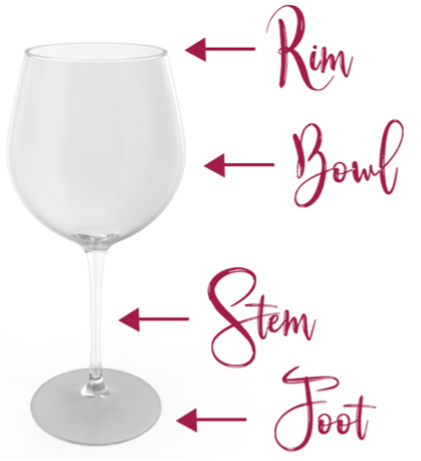
When focusing on glasses, there are few different styles to choose from.
Flute
These glasses are best for sparkling wines. It offers a shorter stem, with a longer, more narrow bowl. This is ideal for sparkling wines because is retains the carbonation and captures the flavors of the wine.
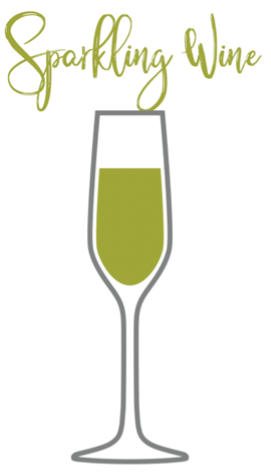
White Wine Glass
White wines should be served in a glass that offers a narrower bowl. This is because the smaller bowl preserves the fruity flavors and aromas. To elevate the flavors more, there are specifically designed glasses for grape varietals.
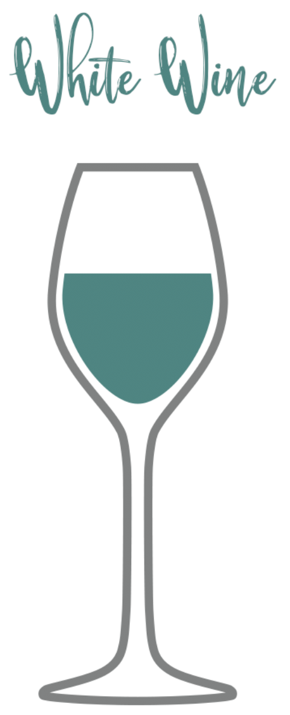
Red Wine Glass
While sipping on a bold, full-bodied red wine, it is best to utilize an appropriate glass. Red wine glasses have a globe-shaped bowl and are also taller and larger than a white wine glass. The wider opening also allows for a larger surface area, which enhances the wine's flavors and textures. Additionally, red wine glasses often have a longer stem to prevent your hands from warming the wine, which can negatively impact the taste.
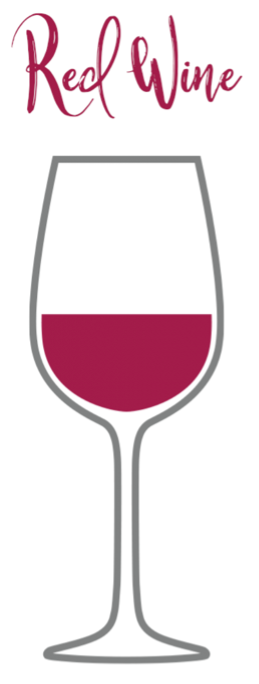
Varietal Specific
If you’ve been on the hunt for fancy stemware you may have seen varietal specific glasses on the market. While having such specific glassware is not required to enjoy the wine it does create a unique experience. Riedel Crystal set out to design the perfect glass for two of Missouri’s unique varietals. Today we have options for both Norton and Vignoles.
The Missouri Wine Board partnered with Riedel to select the perfect glasses for Norton and Vignoles. Participants evaluated 14 glasses, looking for the glass that best translated the “message” of each varietal (aroma, acidity, balance, etc.). According to Riedel, shape, size and rim diameter are the three variables to consider when evaluating varietal specific glassware.
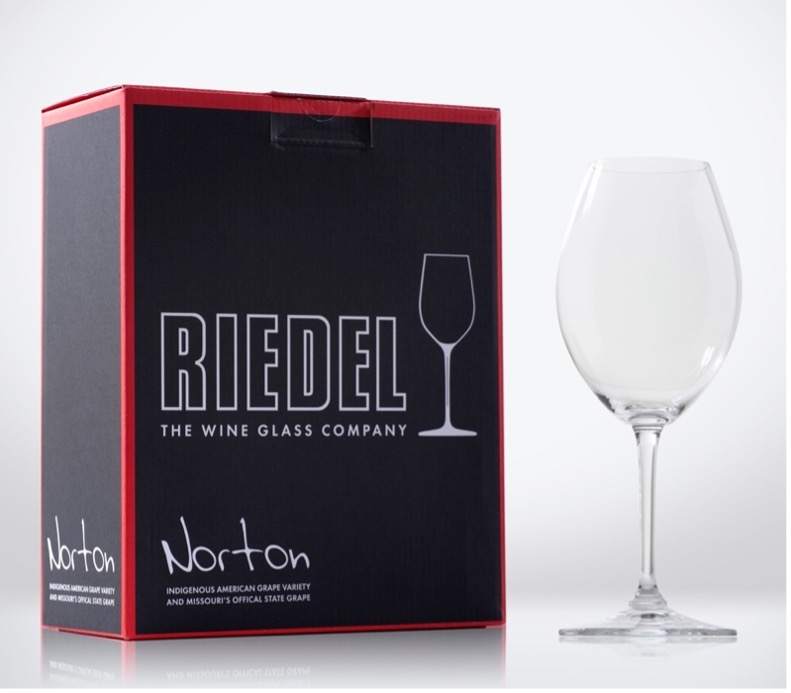
Whether you're enjoying a glass of Missouri's crisp, refreshing Seyval Blanc or a bold, spicy Chambourcin, finding the perfect wine glass can help brighten and enhance the flavors!